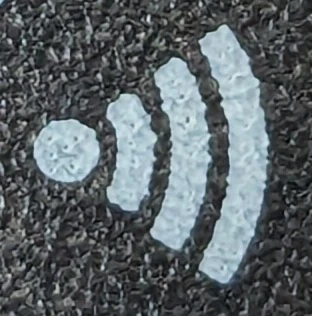How to use a multimeter to test continuity
What is continuity?
Put simply, continuity describes whether two parts of a circuit are directly connected. Something has continuity when there is a complete path for current to flow. A continuity test or continuity check is useful to figure out if two parts of a circuit are properly connected or not. By testing continuity at different points you can isolate and identify problems such as blown fuses, bad connectors and faulty wiring. By checking for continuity between power and ground (or anything else that shouldn't be directly connected) you can also determine if there is a short circuit in your system.
Let's say that you have a light that won't turn on. The problem could be anywhere between the light and the battery so where do you start? Continuity checks of both the positive and negative wires between the light and fuse block will determine if the wires are intact. A test can be performed across the fuse to check if it has blown. Another test can be made across the light switch to make sure that is properly connected and functional as well.
What do you need?

Tesota Overland recommends using a multimeter to check continuity. Nearly any multimeter is fine for basic checks of your system, accuracy isn't terribly important this application so there's no need to buy expensive equipment. Serviceable digital multimeters can be purchased for $10-20 from many different retailers.
Some meters have a "current clamp" that goes around a wire or cable when performing certain tests. This isn't needed or used for voltage, resistance or continuity checks but this style of meter is much easier to use when measuring current and may be handy when building out your system.
Setting up the multimeter
- The multimeter will come with two probes. Plug the black wire into the multimeter where it says COM or Common. This is the negative connection
- Plug the red wire into the other connection on the multimeter
- Multimeters with current measuring functions may have more than two connections. The connection labled A or mA is for measuring current. The other should be something like VΩ which is what we want for a continuity check. If in doubt, refer to the manual or instructions that came with the meter
- Turn the dial on the multimeter to the symbol that looks like a speaker or sound waves
 . Some meters combine multiple functions under that selection so you may see several icons grouped together
. Some meters combine multiple functions under that selection so you may see several icons grouped together - Touch the ends of the two probes together to test the meter. Most multimeters will beep or make a tone to indicate continuity. The display may also show the resistance in Ohms
Performing tests
- Before performing any tests, ensure the circuit is fully powered off by opening battery disconnect switches and shutting down any chargers. Your multimeter can be damaged by attempting to perform a continuity test on a powered circuit.
- If needed, unplug the device, wire, etc to expose the conductor. The probes must be in contact with the metal of the conductor to properly test your circuit
- Place the probes on either end of the wire or connection you want to test. If the connection is good, the multimeter will beep and show a very low resistance
- A switch should show no continuity when the switch is off and full continuity when the switch is on
- If the multimeter doesn't beep, try changing how the probes are making contact with the metal of the conductor or wire. Sometimes the sharp points of the probes don't make good contact and can result in a false reading. We recommend performing several quick tests to rule out false readings
- If needed, move the probes to a different place along the wire or circuit. Keep moving around the circuit and testing between different parts until you've identified where the problem is
